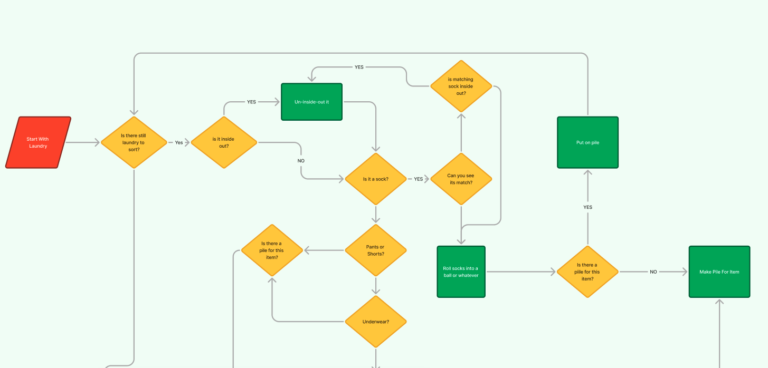Imari Tetu, Teaching with AI

I use AI in teaching AL 111: Intro to Accessibility for the Humanities in two different ways: as a tool to facilitate conversation and as an example of accessible (or inaccessible) design. This semester I’ve been using Packback Questions as the discussion platform for class. I appreciate the Packback framework of asking and responding to questions in terms of student engagement, and Packback’s breakdown of student engagement on a weekly basis makes it easy to track numeric completion and engagement scores along with giving highlights of the most engaging questions.
I also use AI examples to illustrate course concepts such as accessible design and societal ableism. One such example I recently shared was ChatGPT’s suggestions for a human authentication tool. The AI suggested three different ways to determine whether a respondent was human: they can correctly identify a color (determining which of several shades is closest to “sky blue”), they can correctly identify a human emotion by looking at a pixelated picture, or they can correctly identify which emotion they would feel in response to a stimulus (happiness if their friends throw them a surprise birthday party). These examples were excellent for sparking discussion in class about not creating or supporting ableist design and about how ableism is deeply rooted in both human and AI structures.
The following piece was originally created for the DH@MSU Newsletter and was featured in the September 23, 2023 issue. Subscribe to the Newsletter here.

